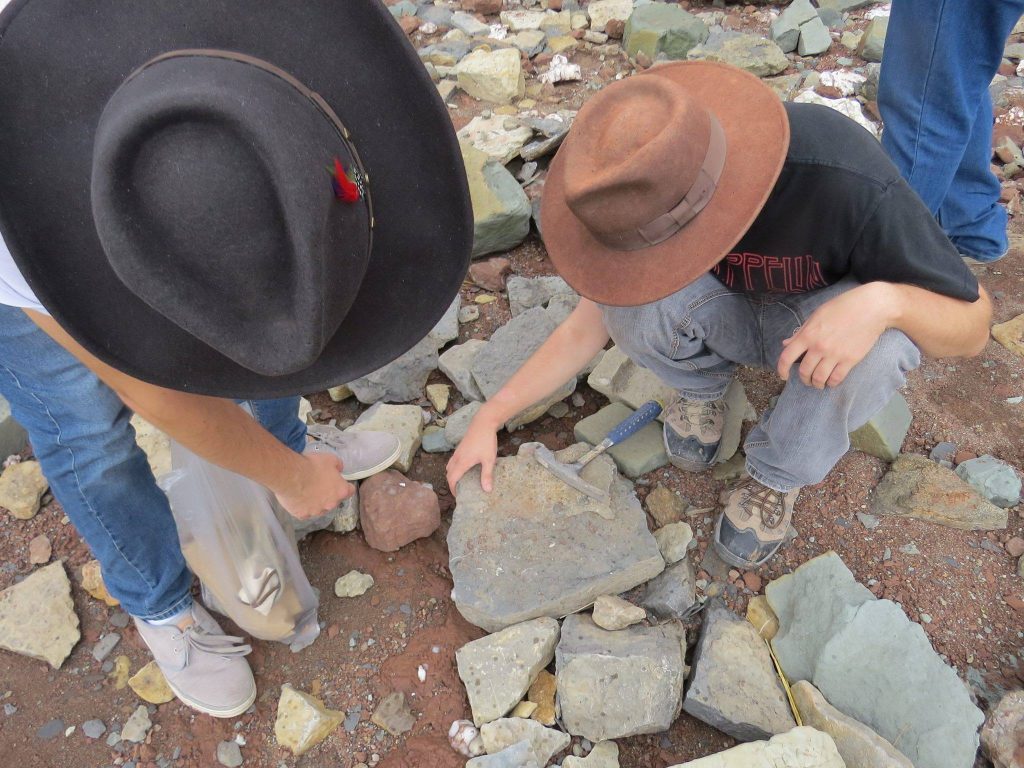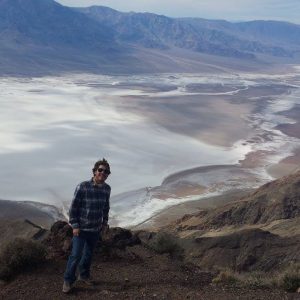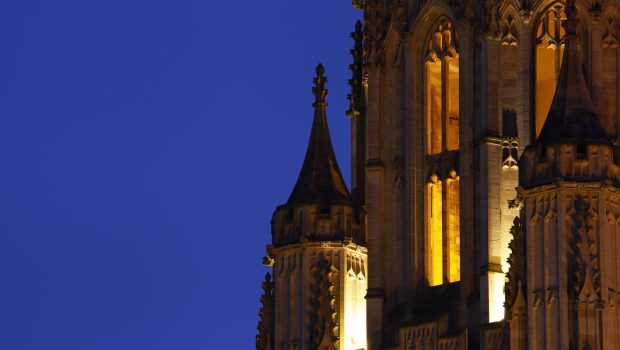Being a Postgraduate Palaeontologist in 2018
Since I was child, I wanted to pursue a career in palaeontology. As I am now starting my career as a postgraduate student in the palaeontological field, I have noticed that it has been filled with quite interesting twists and turns.
One thing that I can say about the environment right now is that it is very competitive (particularly in the United States). I applied to graduate school twice: first when I was near the end of my undergraduate degree and again the following year. In my first attempt, I had applied for about five PhDs, all within relatively close proximity to where I lived (which seems to be becoming more common in the academic world; skipping the Master’s degree). The year after that, this current academic year, I applied to a greater diversity of universities with mixes of both Master’s and PhD programs. The result was that I did not get into any U.S.-based university, but I did get into the one international school I applied for, the University of Bristol’s MSc Palaeobiology program.
To increase one’s chances into getting into any postgraduate program, experience appears vital. These experiences typically comes down to the research done as an undergraduate student. Another way is through relevant work experiences, for example having worked or volunteered at museums and working with specimens or aiding research there. Whenever I spoke to potential supervisors, experiences are one of the key aspects they look for as opposed to grades and, in regards to the U.S., test scores. This equallyapplies to master’s programs, PhD programs, and careers after that. As such, it appears that current postgraduate student programs focus on having students receive a great deal of experience in various techniques being used today.
This focus on technique allows students to be able to tackle their research interests from a variety of angles and understand more papers published by individuals from different methodological backgrounds. Teaching a variety of these techniques is done via practicals in which students are able to get a first-hand experience of current techniques in the fields of biology and geology. Perhaps my most memorable practicals to date have been in “Evolution of the Biosphere” and “Phylogenetic Methods in Palaeobiology.” The former had students programming in R and using R Studio, and the latter included a variety of advanced phylogenetic tests and their interpretation.

Charles J. Salcido and fellow MSc student Simone Conti looking for Triassic vertebrate remains, close to Bristol, UK.
Another focus is within the current controversies that are within the field of palaeobiology. Palaeobiology is a science that is constantly changing with new techniques and new discoveries being published each year. If postgraduate students are expected to be able to develop a career upon the completion of their program, it would be necessary for them to understand what is still being debated and studied in the field. I have to admit, upon entering my postgraduate degree, I had very little knowledge of how much is still hotly debated within palaeontological circles. There are plenty of areas still open to research such as the origin of life, the diversity and disparity of groups of organisms, molecular clock calibrations, modeling organisms, and many more.
The overall goal of postgraduate programs today is to get students prepared for a career outside of the program. This ranges from the aforementioned introduction to techniques and current controversies, to developing professional skills for research and publication. In my time as a postgraduate student, I have been tasked to develop grant proposals, develop drafts manuscripts corresponding to publisher guidelines, create and present posters, and developing activity proposals for outreach. All of this prepares students for whatever career in palaeobiology that they end up taking; whether in academia, outreach, etc. After completing my MSc, I plan on applying to PhD programs. While I have had difficulties in applying to such programs in the past, I am sure that experiences here in Bristol have given me a better chance of being accepted. Once, the program is finished, my future seems much brighter and full of opportunity.

Blog post by Charles J. Salcido, MSc Palaeobiology student at the University of Bristol, originally from California, USA. He is interested in the major evolutionary events in synapsids and mammals in regards to diversity and disparity, using techniques including functional morphology.















